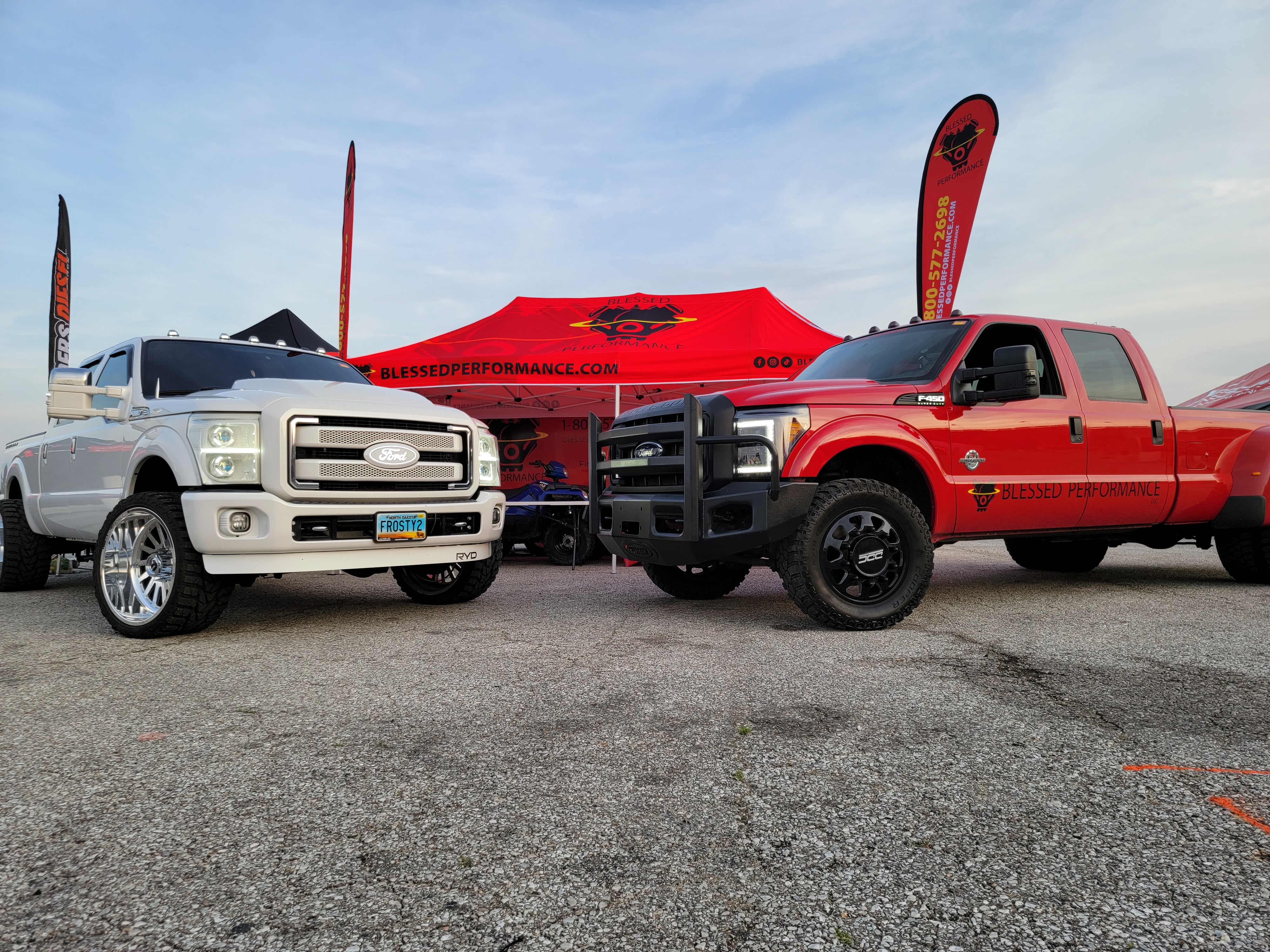6.4L vs. 6.7L: Choosing the Right Powerstroke
2nd Dec 2022
Though they hail from the same lineage, the 6.4L Powerstroke could not be more different than the 6.7L model. While the 6.4 engine excelled at providing horsepower, it was designed after the older 6.0 model. Meanwhile, the 6.7 Powerstroke motor was built completely from the ground up by Ford and became a game-changer for light-duty diesel engines. To better understand the differences and help you choose the right Powerstroke, let’s compare the 6.4L with the 6.7L.
6.4L Powerstroke Differences
The best way to understand the differences between these two engines is by looking at the most impactful parts of their construction. For instance, one of the best parts of the 6.4L is the bed plate inspired by the motor’s 6.0 predecessor. By tying directly into a cast-iron block, the traditional main bearing caps and main cap walk are eliminated.
The 6.4L has some of the stoutest powdered metal connecting rods of all light-duty diesel engines. Capable of handling an incredible amount of stress—up to 900 wrhp and torque greater than 1,500 lb-ft—it's hard to compete with such astounding durability. Unfortunately, the pistons are the weakest point of the 6.4L engine. As extra fuel is added in the 7th and 8th cylinders to regen the DPF, excessive heat could potentially crack the pistons.
6.7L Powerstroke Differences
In place of a bed plate and cast-iron block, the 6.7L engine is a deep-skirted block made from compacted graphite iron. This significantly reduces the engine’s weight and NVH while still being considerably strong. The block and the aluminum cylinder heads make this engine 160 lbs lighter than the 6.4L. Because there’s no bed plate to secure the crankshaft, nodular six-bolt iron main caps are used instead.
The powdered metal connecting rods for the 6.7L are nowhere near the size of the 6.4L’s rods. Still, they can endure up to 650-700 wrhp before they give out by using a 45-degree cracked cap design. Fortunately, the 6.7L doesn’t have the same weakness because piston advancements provide cast-aluminum materials and entail a 16.2:1 compression ratio—significant for the lowest of any Powerstroke engine ever offered. On top of that, advances in emissions systems have made the 6.7L more reliable than the 6.4L.
Choosing Between the Two
Between the 6.4L and the 6.7L, how do you choose the right Powerstroke? For an engine that can endure heavier abuse, you may prefer the 6.4L motor. The lighter 6.7L motor makes your vehicle much more efficient and easier to control. For many car enthusiasts, it all comes down to the fuel pump. The 6.4L uses a K16 high-pressure fuel pump that can flow as much as 20 percent more fuel than the 6.7L’s Bosch CP4.2. While certainly an advantage, the 6.7L catches up by featuring as much as 30,000 psi of injection pressure. The Bosch CP4.2 fuel pump is more easily accessible, while the K16 lies deep within the engine.

